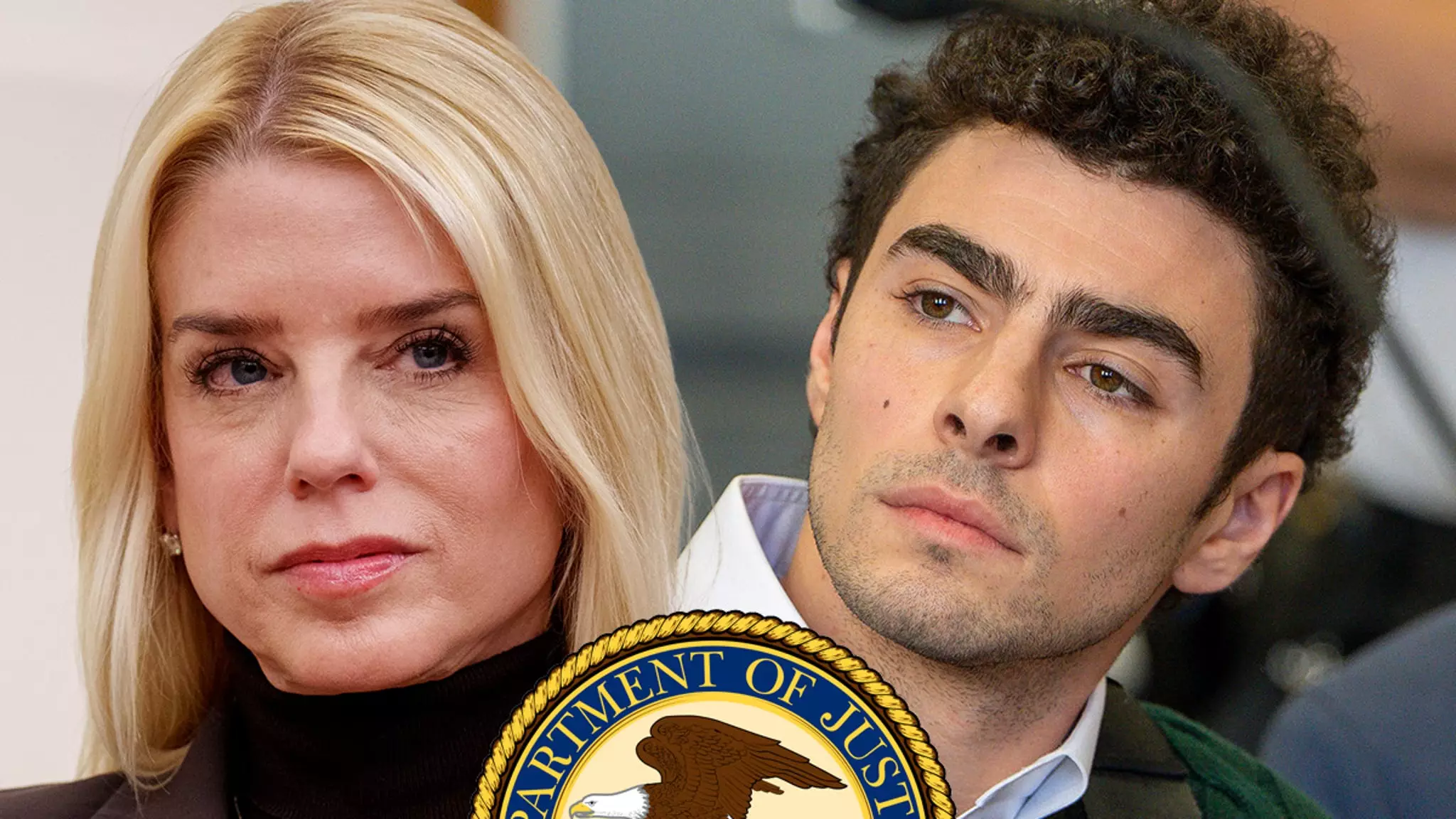In a controversy that has captured attention across the nation, the actions of Attorney General Pam Bondi signal a chilling thirst for retribution in the case of Luigi Mangione, a young Ivy League graduate accused of the murder of UnitedHealthcare CEO Brian Thompson. Mangione is facing the possibility of federal charges that could result in a death sentence, raising a myriad of ethical concerns surrounding the very nature of capital punishment in America—an issue that continues to ignite fierce debates among legal experts, social activists, and the public alike.
This case has thrust Mangione into the spotlight, not only for the heinous act he’s allegedly committed but also for the potential of facing a fate that many deem barbaric. Critics argue that the death penalty is not merely a tool for justice but rather a method that embodies a cruel and inhumane approach to punishment. What does it mean to impose such a drastic measure on an individual, even in the face of unspeakable actions?
Life on Death Row: What Comes Next?
Legal professionals, like Corinna Lain from the University of Richmond, provide unsettling insights into what Mangione could endure should the jury find him guilty. The mechanics of a death penalty trial are labyrinthine; specific aggravating factors must be unanimously agreed upon by jurors before a judge can even consider sentencing to death. The stakes are high. Should Mangione face a federal conviction, he will be subjected to a meticulously choreographed machinery of death—one that has come under scrutiny for its brutality, experimentation, and lack of compassion.
Without delving into the intricacies of legalese, the process is harrowing. Once sentenced, the condemned is strapped to a gurney in a sterile yet chillingly clinical environment known as a death chamber. Here, the insertion of a catheter is not just a medical procedure; it becomes an act laden with the weight of impending doom. The idea that an executioner—often a correctional officer with little to no medical training—will locate a suitable vein and insert a needle creates a scene fraught with tension. The disparity between the training of a licensed physician and that of a non-medical guard becomes glaringly apparent.
Execution: A Question of Humanity
The notion of lethal injection itself, shrouded in the promise of a ‘humane’ death, raises uncomfortable questions about the ethical ramifications of state-sanctioned killing. Experts like Lain emphasize that the drugs administered—widely perceived as a gentle alternative to hanging or the electric chair—can lead to excruciating pain unbeknownst to the condemned individual. Despite being rendered unconscious by a euthanasia drug like Pentobarbital, prisoners may still experience profound suffering, exacerbating the moral quandary around capital punishment.
As Lain poignantly observes, the very act of execution could trigger acute pulmonary edema, an agonizing condition where fluid fills the lungs. This risk underscores a darker truth: the process can potentially transform executions into grotesque displays of torture, blurring the lines between justice and cruelty. There’s a chilling irony in the quest for justice that reveals itself in the torture of another human being.
Unacceptable Risks and Inhumane Practices
Moreover, the lack of medical expertise among those charged with carrying out executions becomes an issue of poignant concern. The potential for catastrophic errors—where too much drug is administered too quickly—could lead to visibly horrifying outcomes such as chemical burns or failed executions. Lain recounts harrowing tales of condemned individuals regaining consciousness in the midst of their own execution, an undeniably terrifying thought that punctuates the discussion surrounding the death penalty.
The narrative surrounding Luigi Mangione is not just one person’s legal battle; it is a reflection of society’s struggle with profound issues of morality, ethics, and humanity. Criminal minds might argue that taking a life could serve a greater utilitarian purpose—deterring future crimes or providing closure to victims’ families. However, the means of carrying out such an ultimate sanction places society in a position of moral precariousness.
As debates about the efficacy and morality of capital punishment continue to evolve, cases like Mangione’s illuminate the urgent need for a re-examination of our judicial processes. We must ask ourselves not just about the punishment that fits the crime, but about the humanity we are willing to preserve—or extinguish—in the pursuit of justice.

